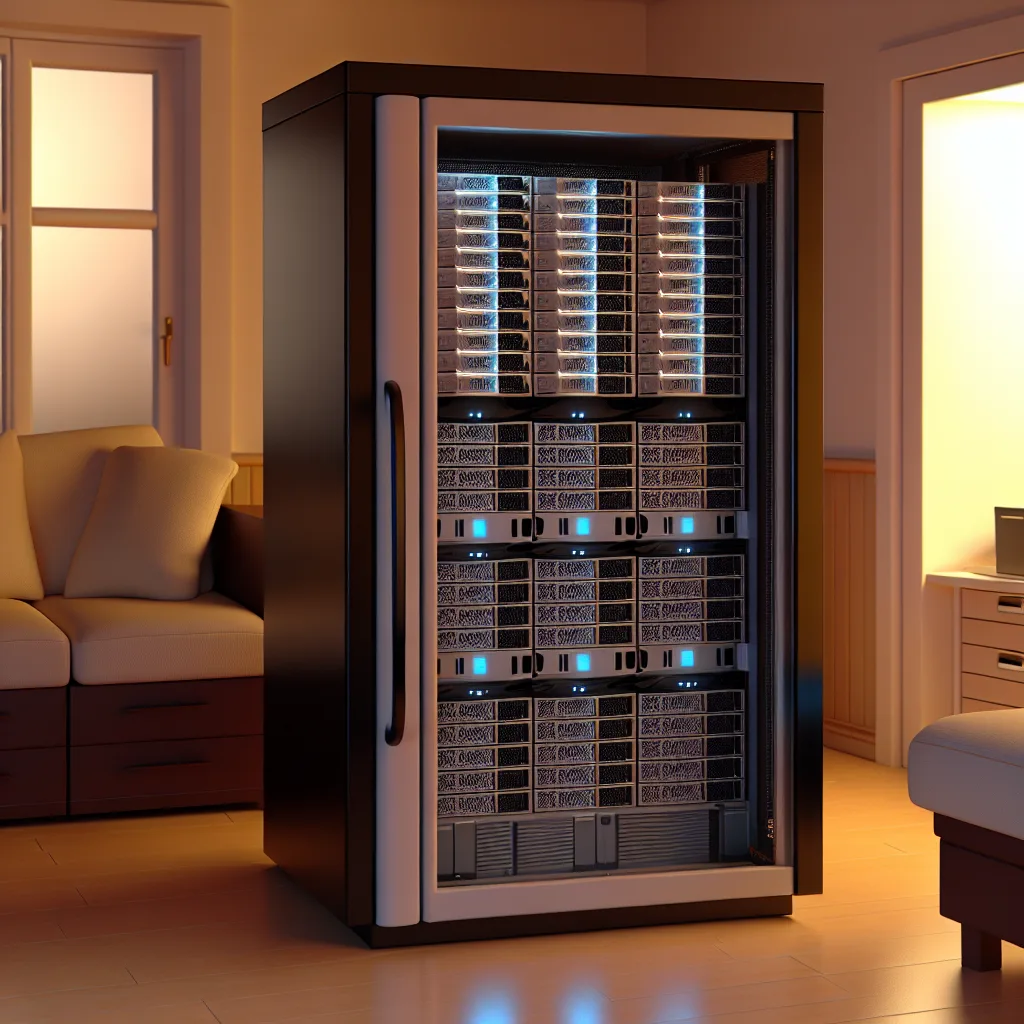How to set up and get hands-on with enterprise gear like Dell R210 II and R620 servers
If you’ve ever thought about diving into tech projects at home, setting up an enterprise server lab is a cool way to really get your hands dirty with real hardware. But I get it — starting an enterprise server lab can sound a bit intimidating, especially when you’re working with equipment like Dell R210 II and R620 servers, which look a lot more complex than your average home PC. Luckily, you don’t have to spend a fortune or be an enterprise guru to kick-start your own setup.
I recently found myself in a similar spot, picking up some affordable gear — including a couple of Dell PowerEdge R210 II and R620 servers — mainly by sourcing cheap or free stuff and taking it apart to piece together a working environment. The idea was to snag a server rack and then add whatever scraps and parts I could get my hands on to build up the system without breaking the bank.
Why Start an Enterprise Server Lab?
Setting up an enterprise server lab is a fantastic way to learn more about enterprise-grade equipment, networking, virtualization, and server management. It’s the kind of hands-on experience that’s hard to mimic with just software simulations.
If you’re curious about how data centers or business IT environments operate, this is one of the best ways to get your head around it. Plus, it’s pretty rewarding watching everything come together and running your own mini data center at home.
Step 1: Get Familiar with Your Equipment
When you’re starting with hardware like the Dell R210 II and R620, first thing is to understand their specs and capabilities. Dell’s official documentation is a great place to begin:
- Dell PowerEdge R210 II: Dell Manual
- Dell PowerEdge R620: Dell Product Specs
Get to know the processors, memory limits, storage options, and networking connections. Understanding what your servers can and can’t do will help you plan your lab properly.
Step 2: Setting Up the Rack and Hardware
The rack is the backbone of your lab — it keeps everything organized and accessible. If you got the rack as a base, that’s perfect. Make sure you:
- Clean the servers and rack components
- Check all cables, power supplies, and rails
- Map out where each server will go
One tip: organize your cables well. Trust me, messy cables are the worst when troubleshooting later.
Step 3: Network and Power Setup
You’ll need a stable network switch, preferably with gigabit support, to connect your servers. Also, make sure your power source can handle the energy load. Enterprise servers can be power-hungry.
Something simple to start with is setting up a separate network subnet for your lab to keep it isolated from your home internet traffic. This way, you can experiment without worrying about messing up your day-to-day internet.
Step 4: Installing and Configuring Your Software
The beauty of an enterprise server lab is getting to play with virtualization platforms like VMware ESXi or Microsoft Hyper-V. Both are excellent ways to run multiple virtual machines and simulate different environments.
You might want to:
– Install ESXi on your Dell servers. VMware offers a free version for home labs: VMware ESXi
– Look into FreeNAS or TrueNAS for building your own network-attached storage: TrueNAS
Some Tips for Beginners
- Don’t be afraid to experiment and break things — that’s the best way to learn.
- Join forums and communities focused on home labs and enterprise gear for support.
- Label your hardware and document your setup as you go.
- Start small. You don’t have to run everything right away.
Wrapping Up
Starting an enterprise server lab from cheap or free gear like Dell R210 II and R620 servers is totally doable for beginners. Just take it step-by-step, learn your equipment, and don’t rush the process. Before you know it, you’ll have your own little data center right at home, running projects, learning new skills, and maybe even having some fun along the way.
If you want to get into more detailed networking or storage setups, there’s plenty of resources and communities out there ready to help. Happy lab building!
For more detailed hardware specs or purchasing parts, check out Dell’s Official Site and for virtualization tips, the VMware Community Forums are super helpful.
